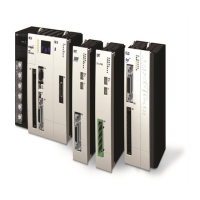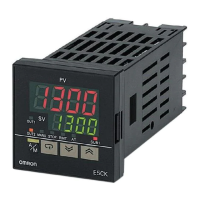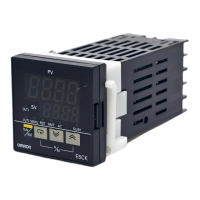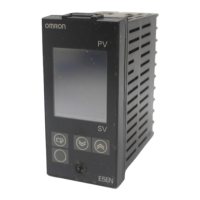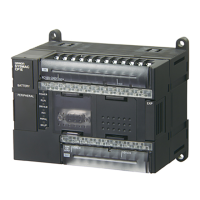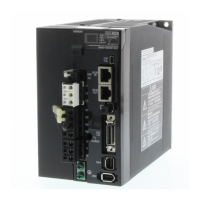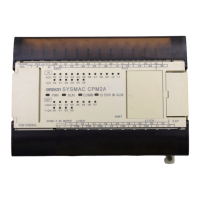Trajexia system
PROGRAMMING MANUAL 13
Revision 1.0
2.3.4 Mathematical specifications
Number format
The TJ2-MC64 has two main formats for numeric values: double precision
floating point and double precision integer.
The double precision floating point format is internally a 64 bit value. It has
an 11 bit exponent field, a sign bit and a 52 bit fraction field. Floating point
numbers have a valid range of ±2.2×10
−308
to ±1.8×10
308
.
Integers are essentially floating point numbers with a zero exponent. This
implies that the integers are 53 bits wide. The integer range is therefore
given from -9,007,199,254,740,992 to 9,007,199,254,740,991. Numeric
values outside this range will be floating point.
Hexadecimal format
The TJ2-MC64 supports assigning and printing hexadecimal values. A
hexadecimal number is input by prefixing the number with the $ character.
Valid range is from 0x0 to 0xFFFFFFFFFFFFF. Example:
>> VR(0)=$FF
>> PRINT VR(0)
255.0000
A value can be printed in hexadecimal by using the HEX function. Negative
values result in the 2’s complement hexadecimal value (53-bit). Valid range
is from −xxx to xxx. Example:
>> TABLE(0,-10,65536)
>> PRINT HEX(TABLE(0)),HEX(TABLE(1))
1FFFFFFFFFFFF6 10000
Positioning
For positioning, the TJ2-MC64 will round up if the fractional encoder edge
distance calculated exceeds 0.9. Otherwise the fractional value will be
rounded down. The internal measured position and demanded position of
the axes, represented by the MPOS and DPOS axis parameters, have xxx-
bit counters.
Floating point comparison
The comparison function considers a small difference between values as
equal to avoid unexpected comparison results. Therefore any two values for
which the difference is less than <EXOO>1.19×10
−6
are considered equal.
Precedence
The precedence of the operators is given below:
1. Unary minus, NOT
2. ^
3. / *
4. MOD
5. + -
6. = <> > >= <= <
7. AND OR XOR
8. Left to right
The best way to ensure the precedence of various operators is through the
use of parentheses.
WARNING
All mathematical calculations are done in floating point format. This
implies that for calculations of/with larger values the results may
have limited accuracy. The user should be aware of this when
developing the motion control application.

